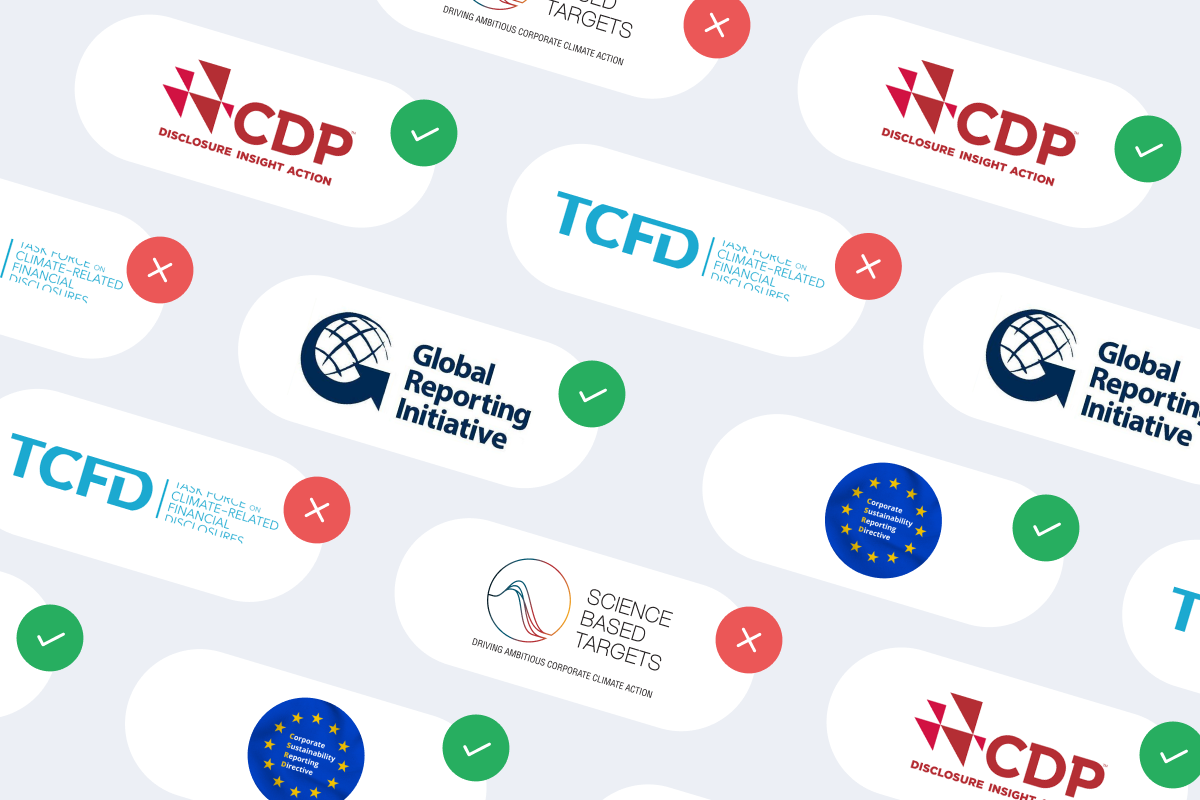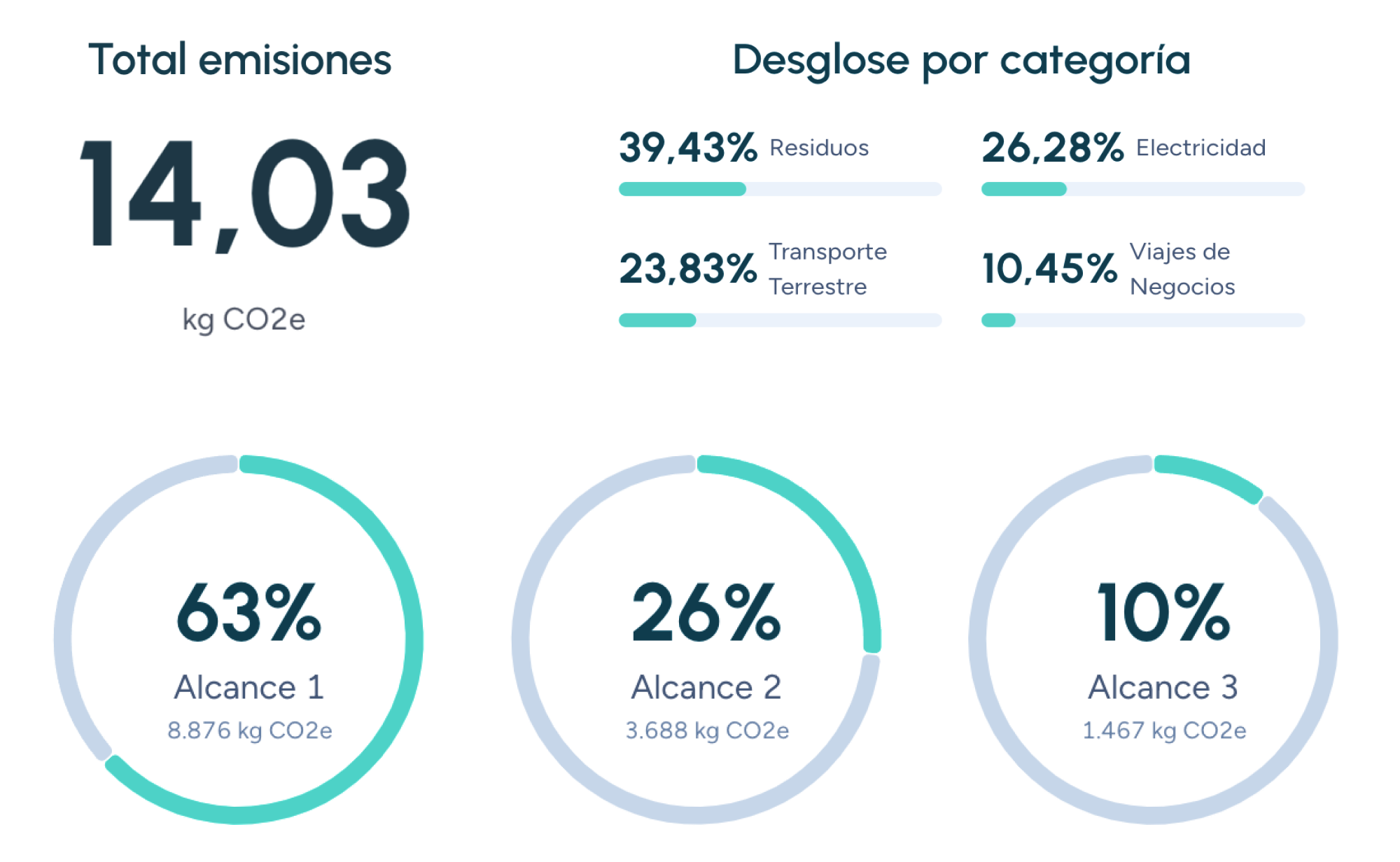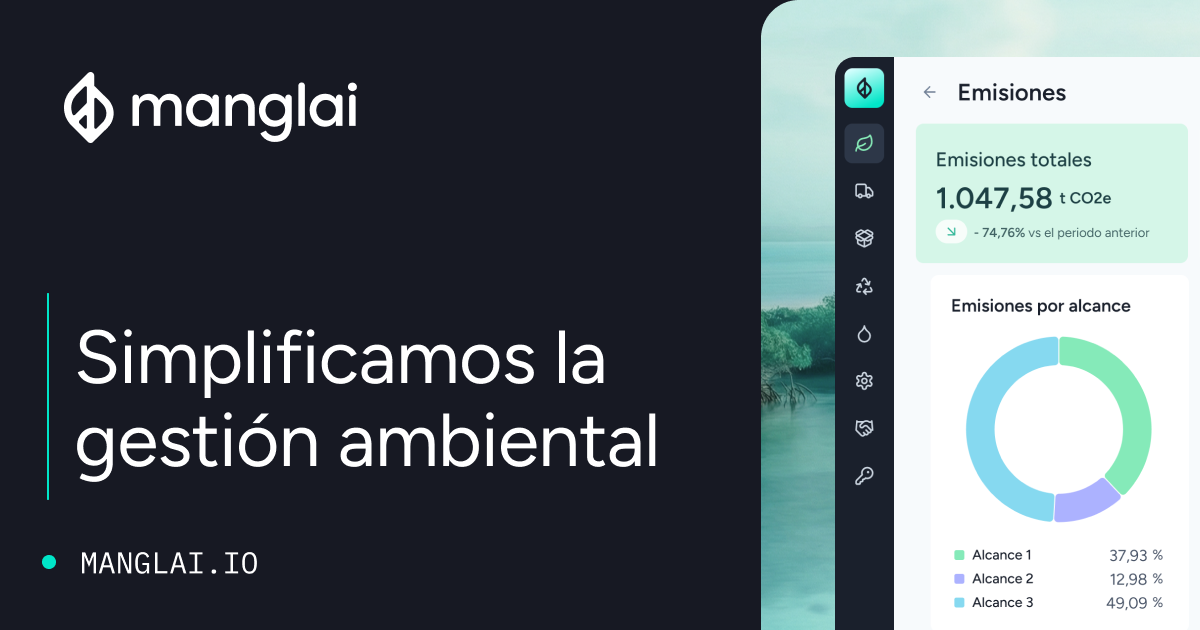U
Upcycling
The term upcycling has become a key concept in sustainability and the circular economy movements. Upcycling refers to the process of transforming discarded materials or products into new items of higher value, utility, or quality. This approach not only helps reduce waste but also lowers the demand for natural resources, contributing to carbon footprint reduction.
What is upcycling?
Upcycling is a practice that aims to give a second life to objects or materials that would otherwise be considered waste. Unlike traditional recycling, which often involves breaking down materials to create new products, upcycling preserves or even enhances the properties of the original material.
For example, turning an old shirt into a reusable bag or transforming wooden pallets into furniture are common examples of upcycling.
The term gained popularity in the 1990s, when Reiner Pilz used it to distinguish it from "downcycling"—a process in which recycled materials lose quality with each reuse cycle. Since then, upcycling has become an innovative and sustainable strategy for reducing the environmental impact of waste.
Differences between upcycling and recycling
While both concepts are related to waste management, there are key differences between upcycling and recycling:
- Process: Recycling involves breaking down materials (such as plastics or metals) to manufacture new products, while upcycling repurposes materials as they are, transforming them into something new.
- Energy consumption: Recycling often requires energy-intensive industrial processes (e.g., melting or shredding materials), whereas upcycling is generally less energy-intensive.
- End result: Recycling can lead to lower-quality products (downcycling), while upcycling aims to increase the value of the original material.
Both approaches are complementary and essential for advancing a circular economy, but upcycling stands out for encouraging creativity and innovation in sustainable product design.
Environmental impact of upcycling
Upcycling has a positive environmental impact by addressing several key issues related to waste management and carbon footprint reduction:
1. Waste reduction
By reusing materials that would otherwise end up in landfills, upcycling helps reduce solid waste. According to the European Environment Agency (EEA, 2020), landfills are a significant source of greenhouse gas emissions, particularly methane, which has 25 times the global warming potential of CO₂ (IPCC, 2014).
2. Decreased resource extraction
Upcycling reduces the need for extracting raw materials such as wood, petroleum, or minerals to manufacture new products. This not only conserves natural resources but also prevents emissions associated with their extraction and transportation.
3. Carbon footprint reduction
By repurposing existing materials, upcycling contributes to reducing the carbon footprint of products. For example, producing new clothing from recycled textiles can save up to 60% of CO₂ emissions compared to manufacturing from scratch (Ellen MacArthur Foundation, 2017).
Upcycling and its role in the circular economy
Upcycling is a key strategy within the circular economy model, which seeks to replace the linear approach of "produce, use, and discard" with a regenerative system where resources remain in use for as long as possible.
This model not only reduces waste generation but also fosters innovation in design and production. Upcycling aligns with the principles of the circular economy by extending the lifespan of materials and minimizing waste. Additionally, since it can be applied both industrially and domestically, upcycling makes sustainability more accessible, allowing individuals and businesses to contribute to change.
Upcycling’s role in carbon footprint measurement and reduction
Measuring the carbon footprint is crucial to understanding the environmental impact of our activities and products. Upcycling plays a significant role in these strategies by reducing emissions associated with the production and transportation of new materials.
For example, a company that incorporates upcycling practices in its supply chain can significantly reduce its Scope 3 emissions, which include those generated by suppliers and purchased products.
Examples of upcycling across industries
Upcycling has been adopted in various industries, showcasing its versatility and potential to transform business practices:
- Fashion: The fashion industry is one of the biggest contributors to environmental pollution, but upcycling is helping to change this reality. Designers and brands are reusing textiles, buttons, and zippers to create new garments, reducing textile waste.
- Construction: In the construction sector, upcycling is used to repurpose demolition materials, such as wood and bricks, into new architectural elements. This not only reduces construction waste but also preserves natural resources.
- Furniture: Designing furniture from reclaimed materials, such as wood pallets or old tires, is another example of how upcycling combines functionality and sustainability.
How to promote upcycling in your business with Manglai
Businesses can integrate upcycling into their operations in multiple ways, from redesigning products to make them easier to repurpose to collaborating with suppliers who use recycled materials.
Additionally, tools like Manglai can help measure the impact of these initiatives and align them with corporate sustainability goals.
For instance, Manglai’s impact analysis system and interactive dashboards allow businesses to visualize how upcycling contributes to emission reductions, making it easier to make data-driven sustainability decisions.
Companies that trust us

Circular economy
Discover how the circular economy helps reduce the carbon footprint by minimizing waste and promoting resource reuse. Learn how it works with Manglai!
Cradle‑to‑Cradle (C2C)
Cradle-to-Cradle (C2C) is a circular-design framework proposed by architect William McDonough and chemist Michael Braungart in the late 1990s.
Cradle‑to‑Gate (C2G)
Cradle-to-Gate (C2G) covers all stages from the extraction and processing of raw materials to the point at which the finished product leaves the factory gate.
Guiding businesses towards net-zero emissions through AI-driven solutions.
© 2025 Manglai. All rights reserved
Política de Privacidad


